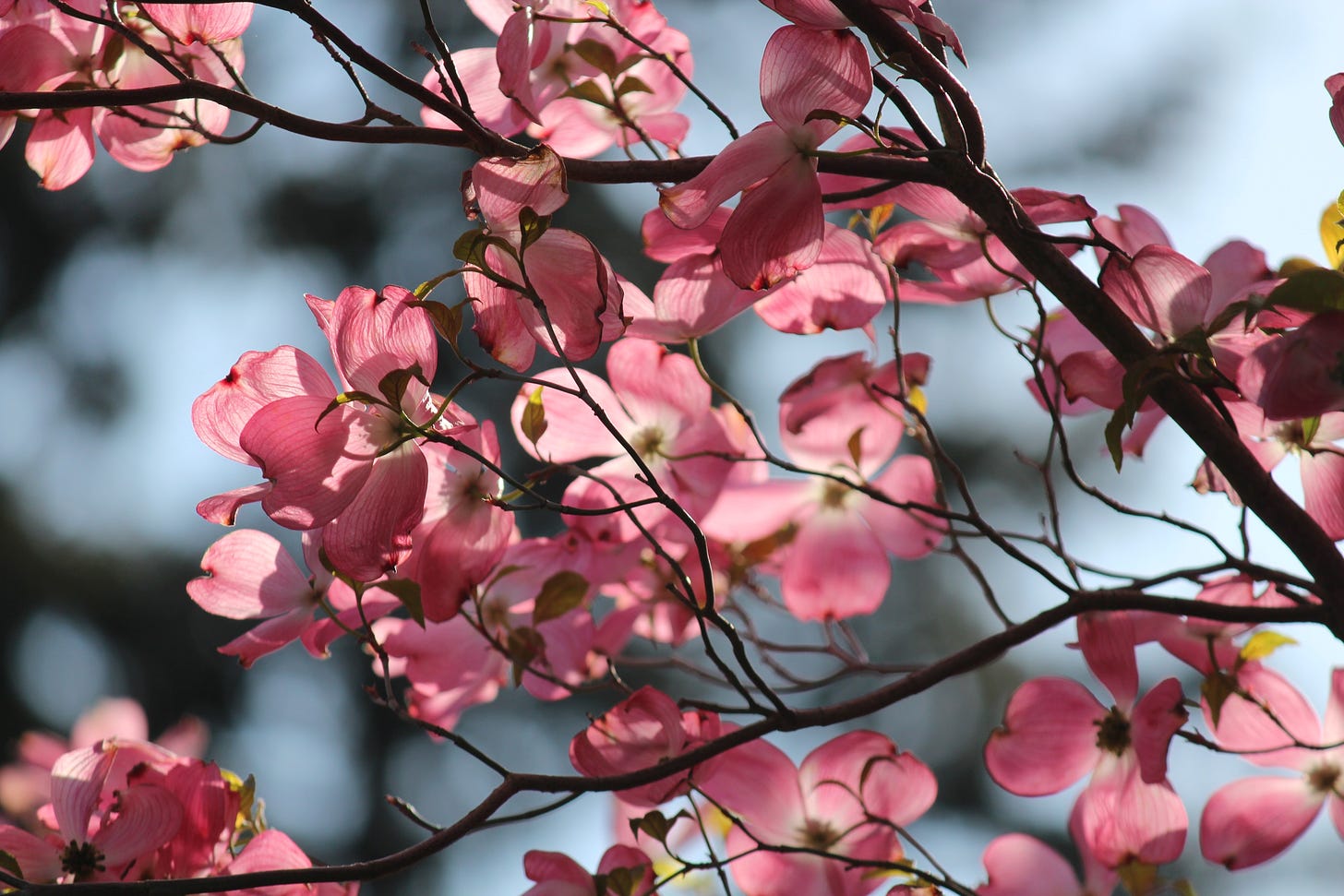Wildlife habitats are essential for the survival of local animal species, and their preservation should be a priority for every community. However, with the increasing pace of urbanization, these habitats are under threat from development, pollution, and other human activities. Those of us, who live in rural areas, see the increased effect of humans on Nature. To ensure that our local wildlife populations thrive, it's important to take action to protect their habitats.
Why Protecting Wildlife Habitats Matters
Local wildlife habitats provide a range of ecosystem services that benefit humans and other species. For example, wetlands help purify water, while forests absorb carbon dioxide and release oxygen. Wildlife habitats also support biodiversity, which is crucial for the health of ecosystems.
Additionally, many animals play important roles in local food webs and help control pests. For example, bats eat insects that damage crops, while birds and small mammals disperse seeds and help pollinate plants. Losing these animals can have negative effects on the environment and local economies.
Getting Involved in Conservation Efforts
There are several ways individuals and communities can get involved in wildlife habitat conservation efforts. Here are some ideas:
Learn about local wildlife: Start by learning about the animal species that live in your area and the habitats they need to survive. Local parks and nature centers can be great resources for information.
Support local conservation organizations: There are many local organizations that work to protect wildlife habitats. Consider donating money or time to these groups, or attending their events to learn more about conservation efforts in your area.
Reduce your impact on the environment: Even small actions can help protect local habitats. For example, you can reduce your use of single-use plastics, choose eco-friendly products, and dispose of hazardous waste properly.

Photo by Jenny Bygland Plant native species: Native plants provide a natural habitat for local wildlife and are well-adapted to your local climate, making them more resilient to environmental changes.
Create a wildlife-friendly yard: Planting trees, shrubs, and flowers can attract local wildlife to your yard. Providing food and shelter can help create a wildlife-friendly environment.
Reduce pesticide use: Pesticides can be harmful to local wildlife and can contaminate waterways. Consider using natural pest control methods or reducing your use of pesticides.
Get involved in citizen science: Many organizations rely on citizen science to collect data on local wildlife populations. You can participate in bird counts, butterfly surveys, and other data collection projects to help scientists track changes in local wildlife populations over time.
Advocate for local wildlife: Reach out to your local government officials and encourage them to prioritize wildlife conservation efforts.
Advocate for habitat protection: You can also advocate for habitat protection at the local level by attending city council meetings or writing letters to local officials. Sharing information about the importance of local wildlife habitats and their benefits can help build support for conservation effort
.
Supporting Local Conservation Organizations
To take action on a larger scale, consider supporting local conservation organizations. These organizations work to protect and preserve natural habitats and wildlife populations. They also help educate the public about the importance of conservation efforts and promote sustainable land use practices.
1. Wildlife Conservation Society: The Wildlife Conservation Society works to protect wildlife and habitats in more than 60 countries. They work to protect species ranging from gorillas in Africa to sea turtles in Central America.
2. National Wildlife Federation: The National Wildlife Federation works to protect and restore wildlife habitats across the United States. Their efforts include restoring wetlands, protecting endangered species, and creating sustainable habitats for local wildlife.
3. The Nature Conservancy: The Nature Conservancy works to protect natural habitats around the world. Their efforts include protecting endangered species, restoring ecosystems, and working with local communities to promote sustainable land use.
4. Pacific Land Trust: Us. You can support us by supporting our writing. Subscribing and sharing. Make a donation. Or better yet – take some of our ideas and implement them in your neighborhood or town.
By supporting these organizations and others like them, we can help protect local wildlife habitats and ensure a healthy future for all living beings.





